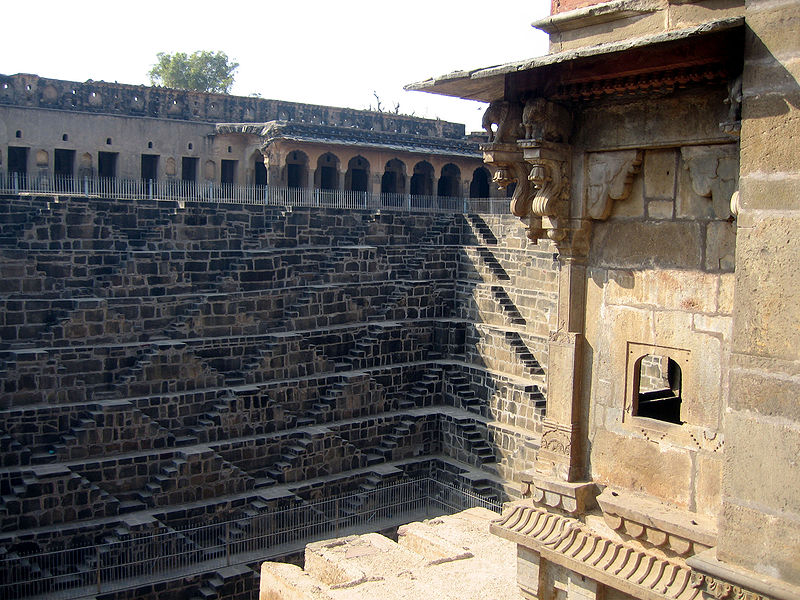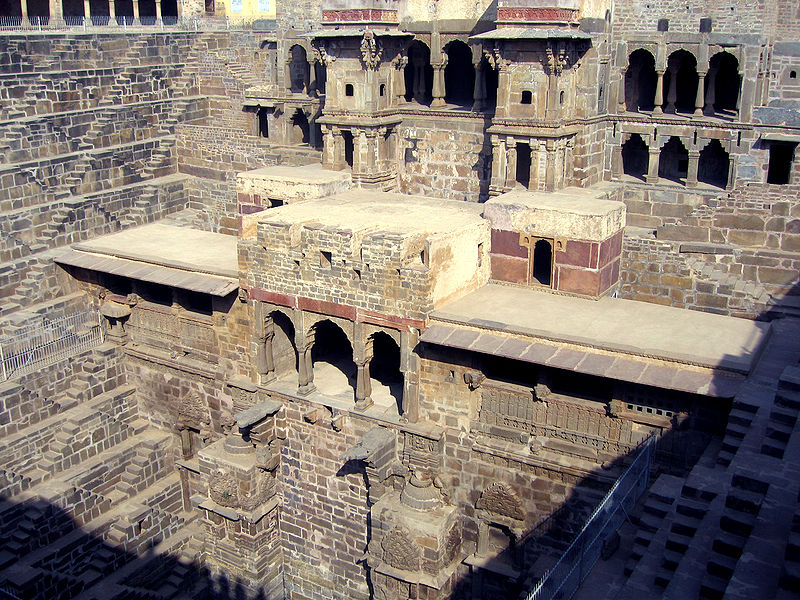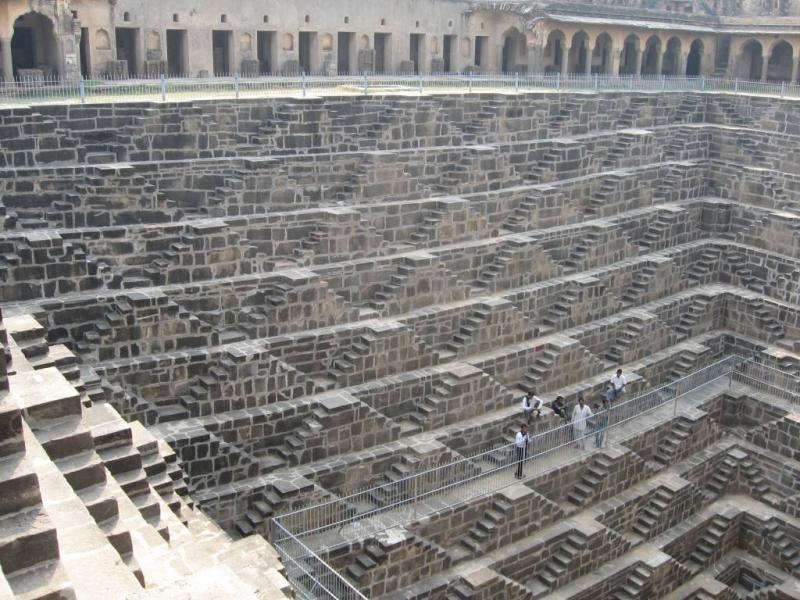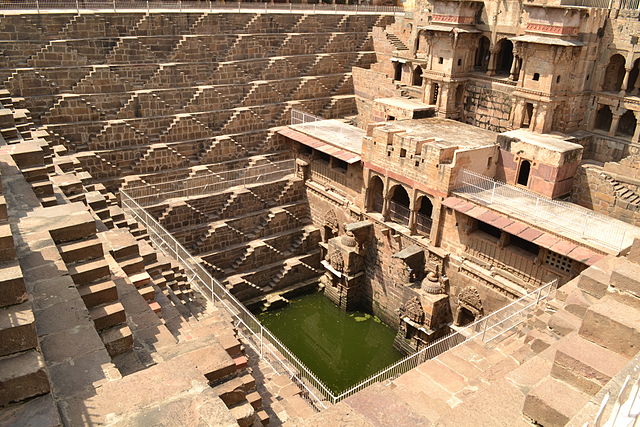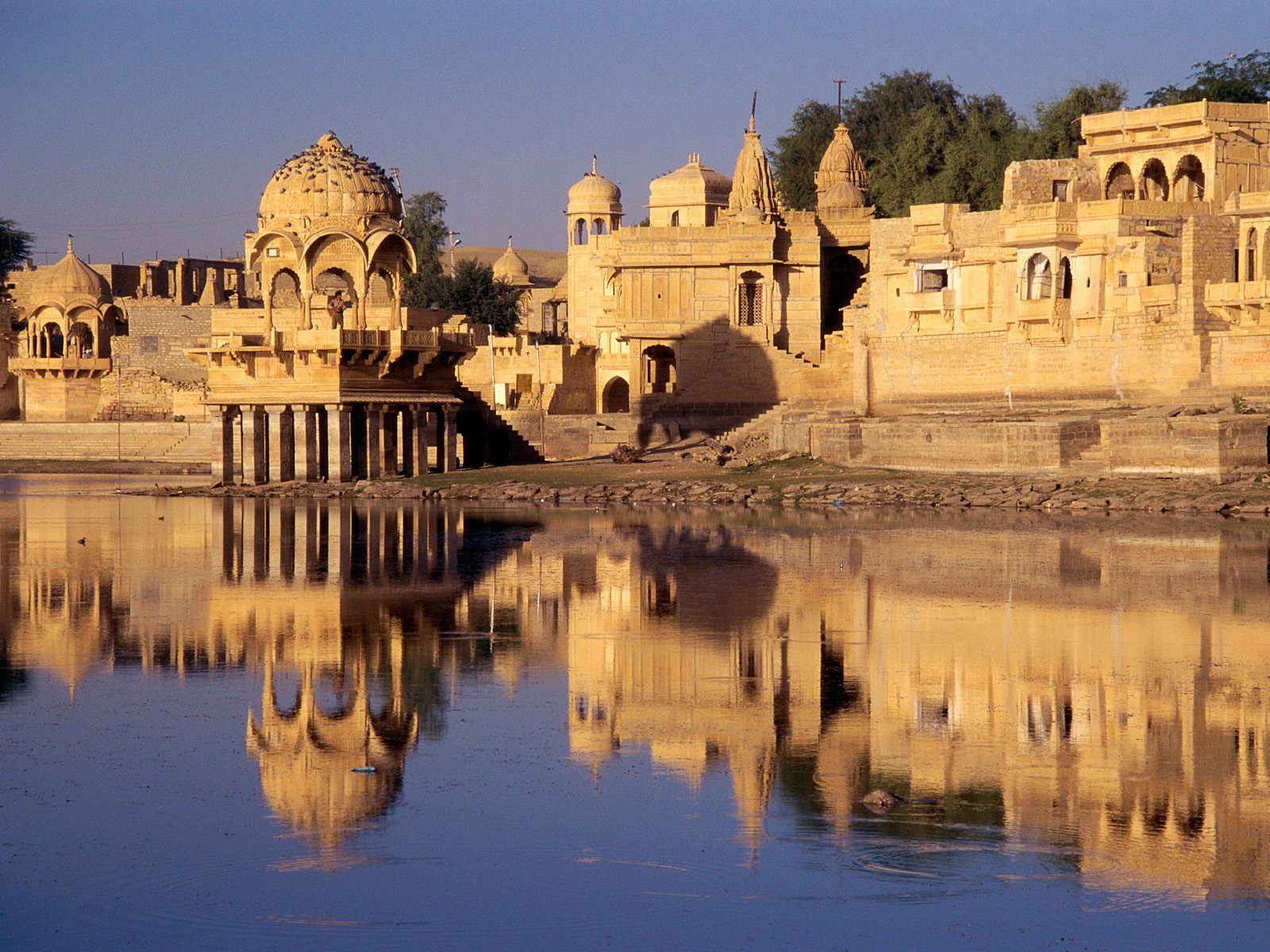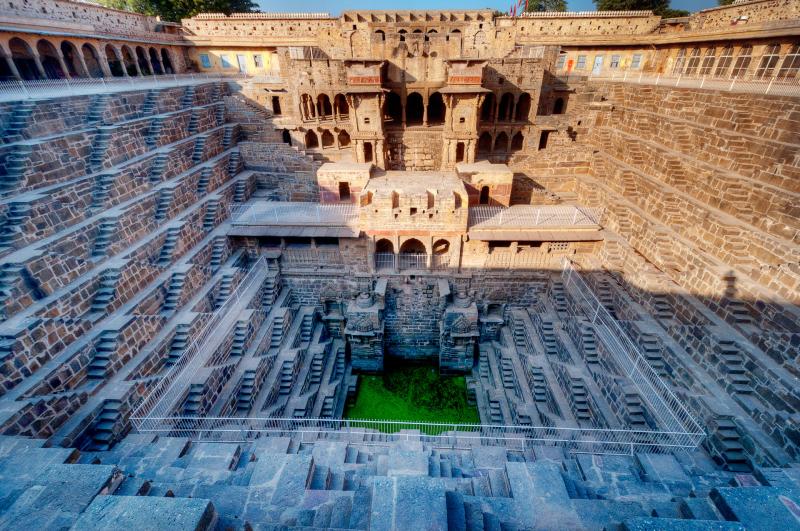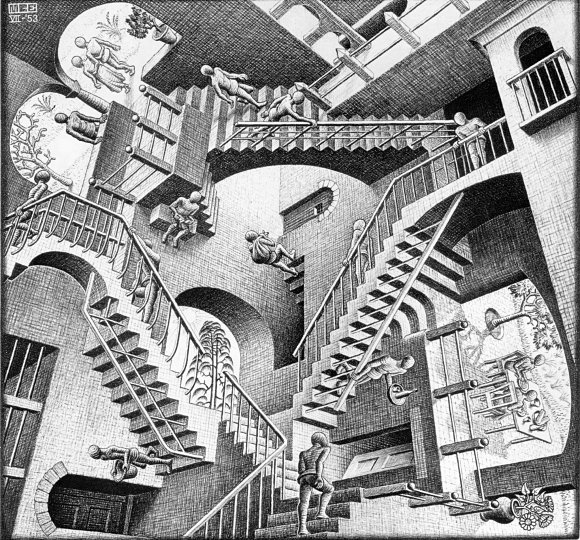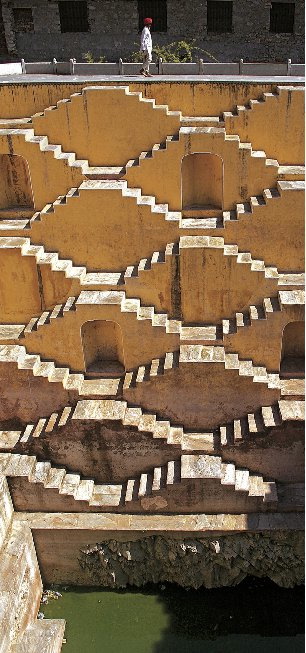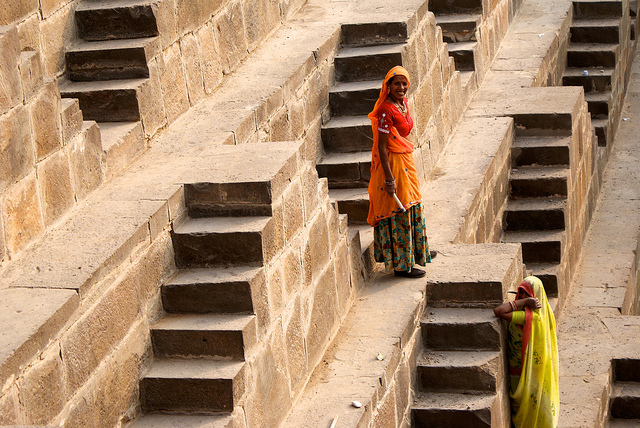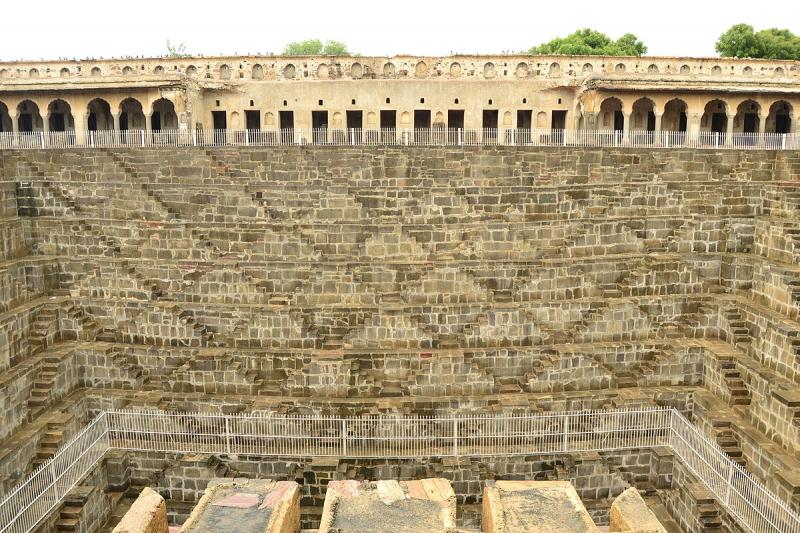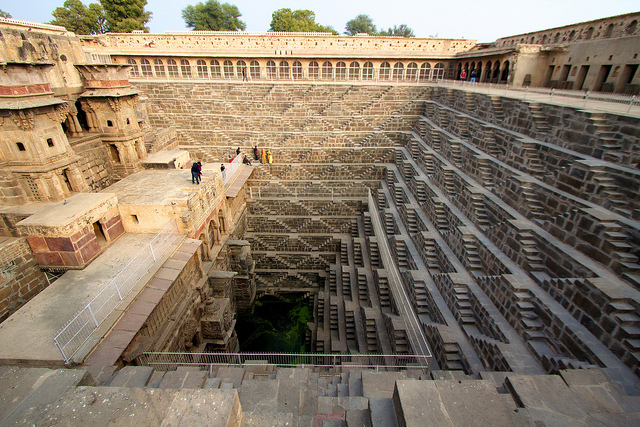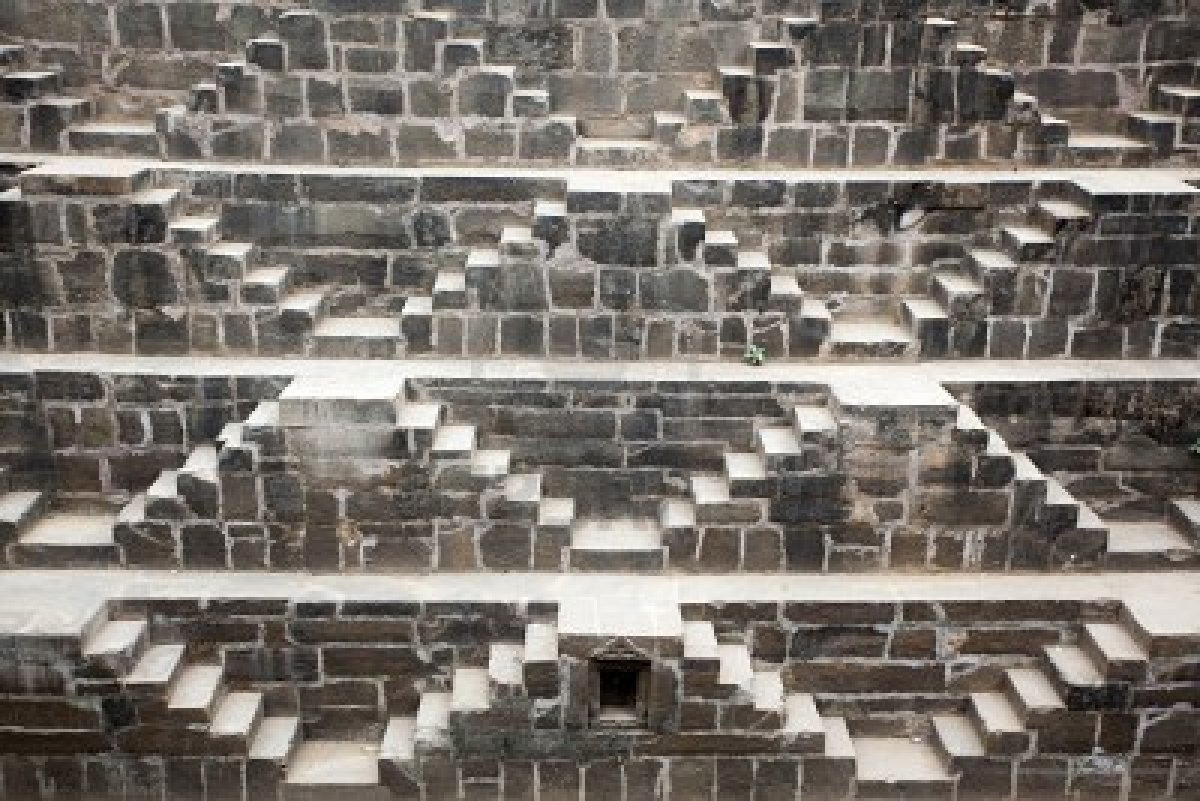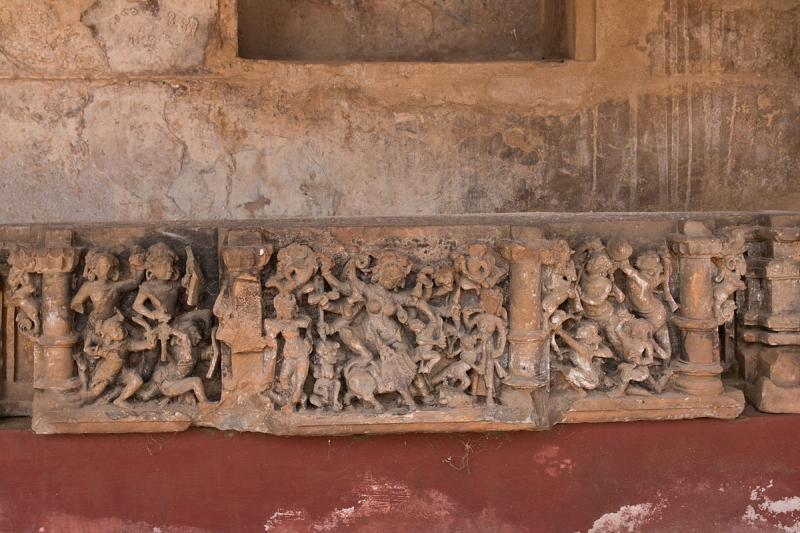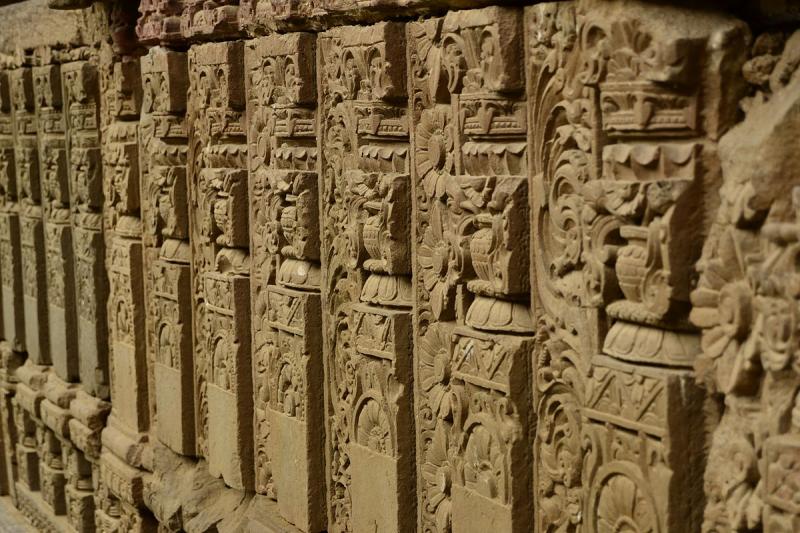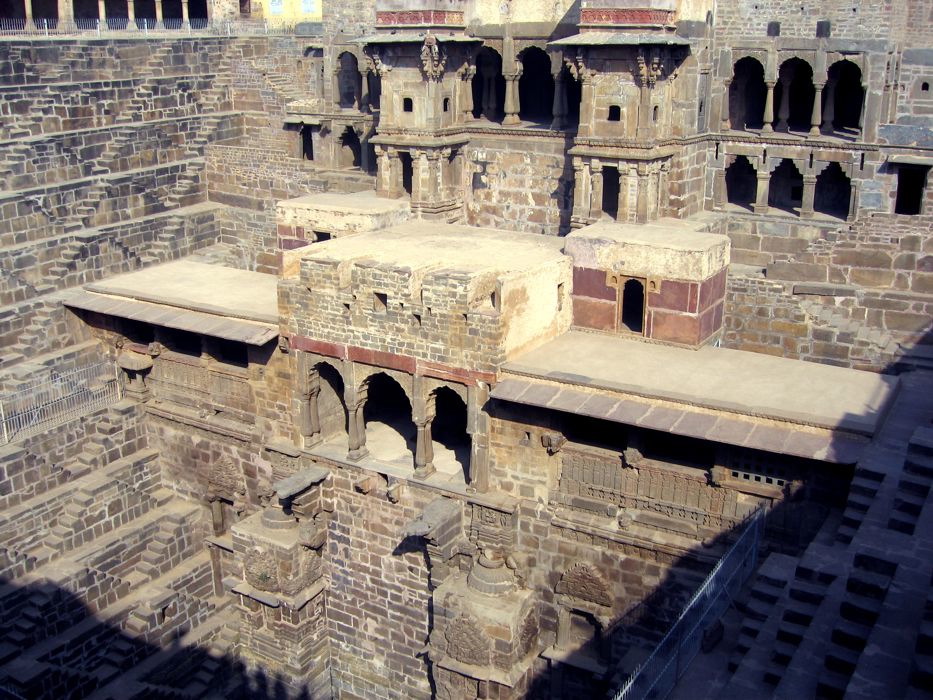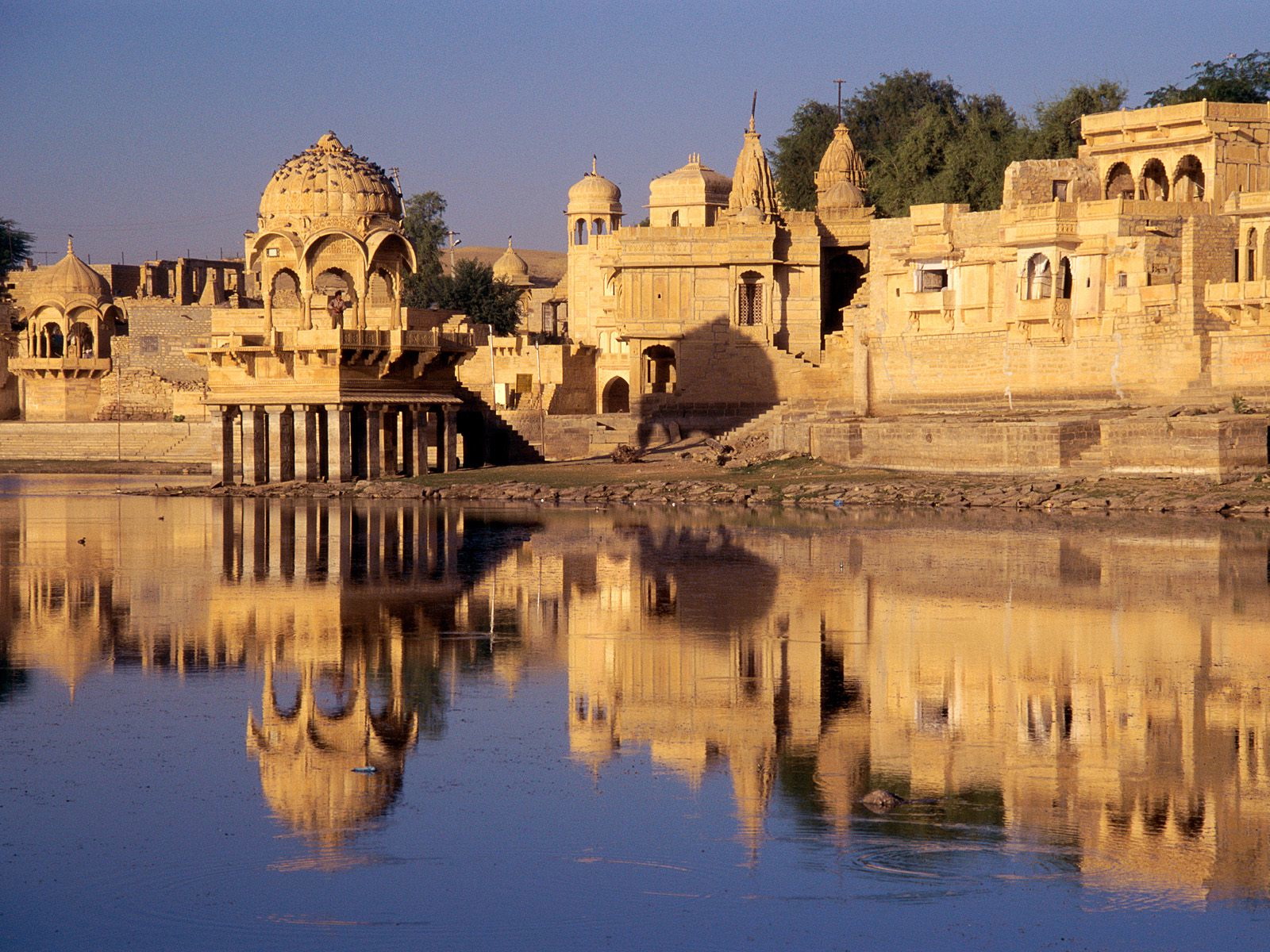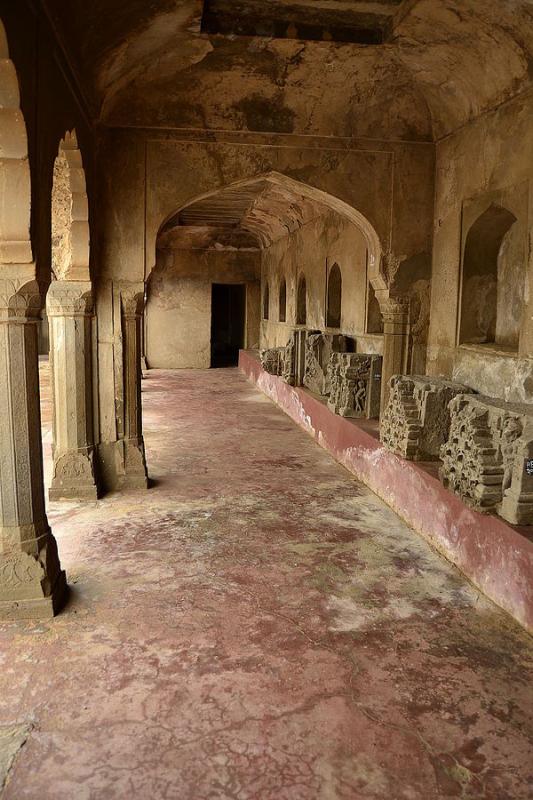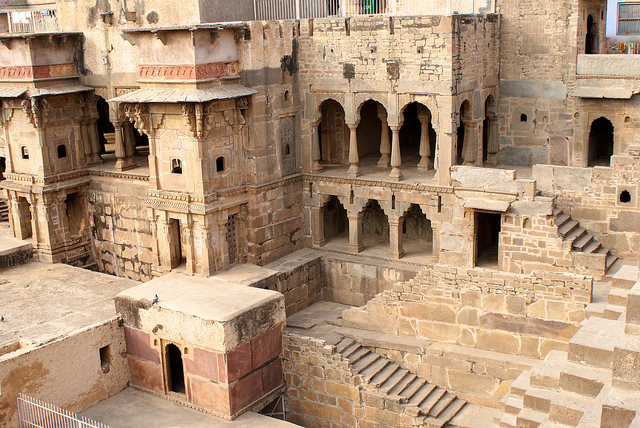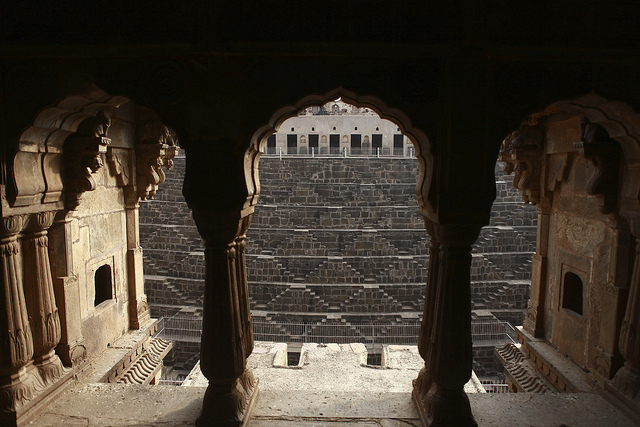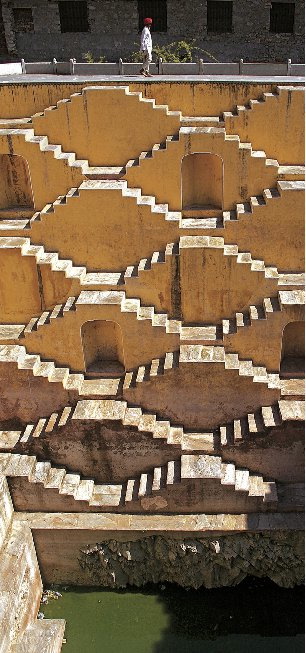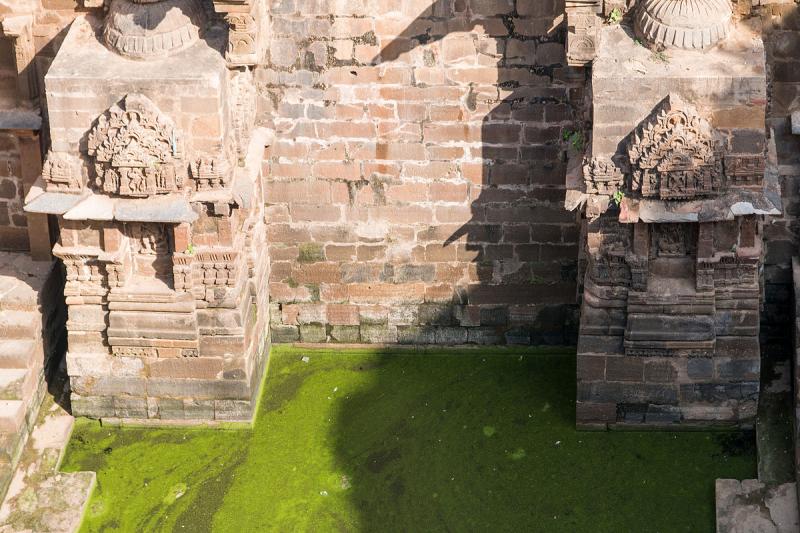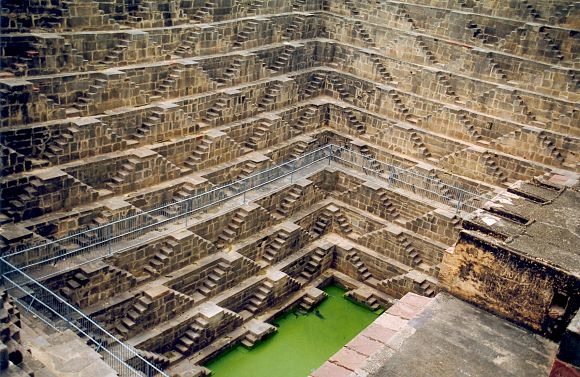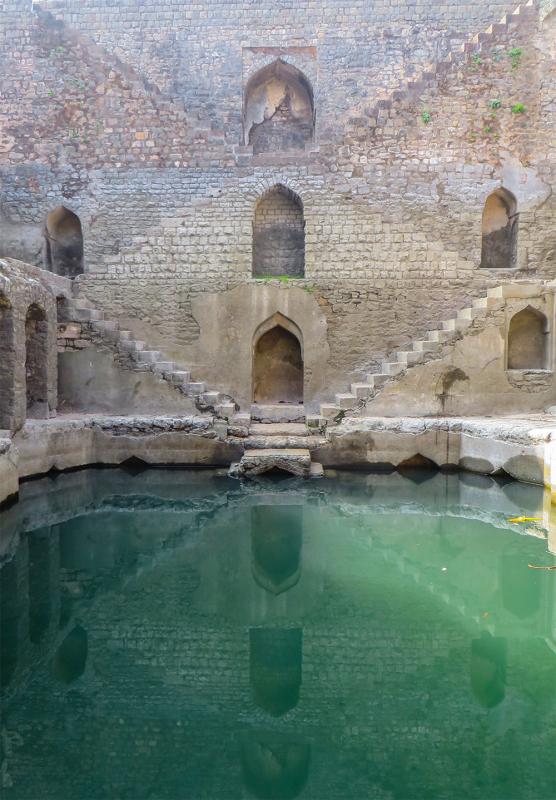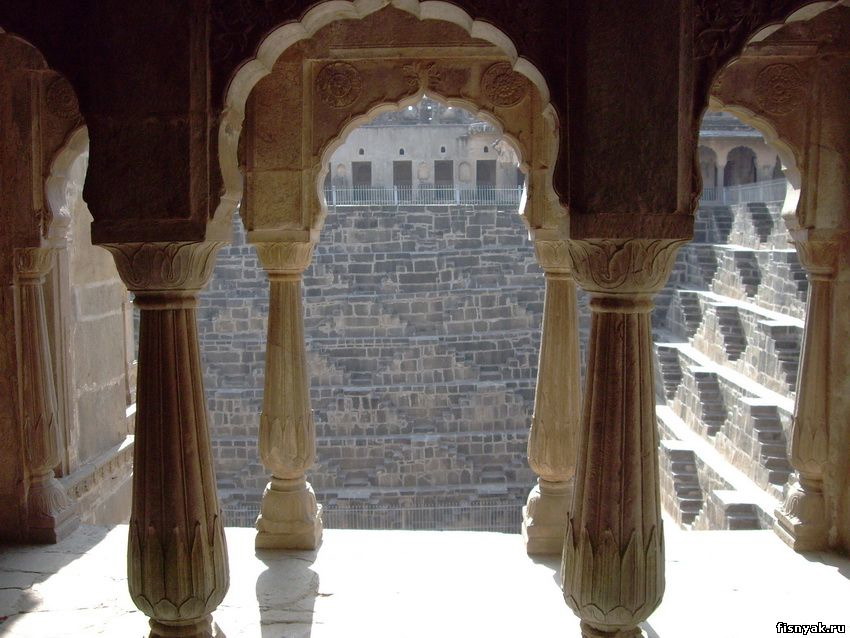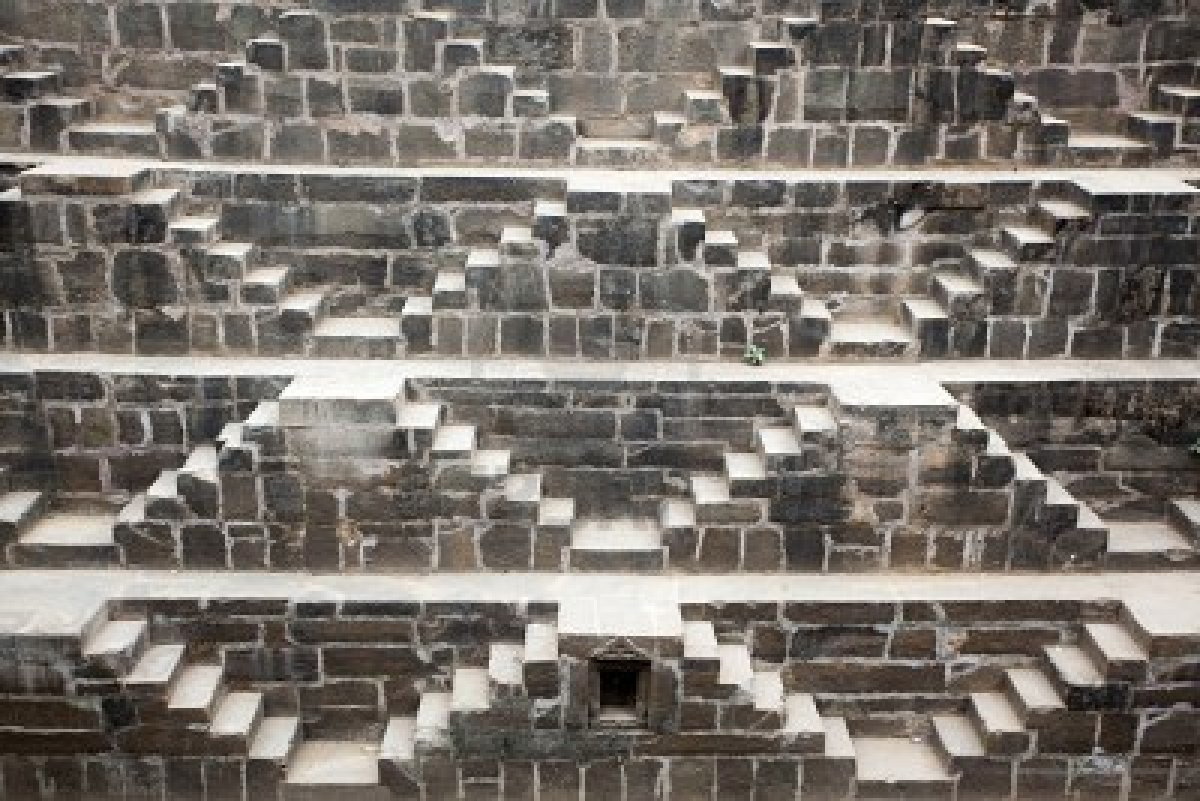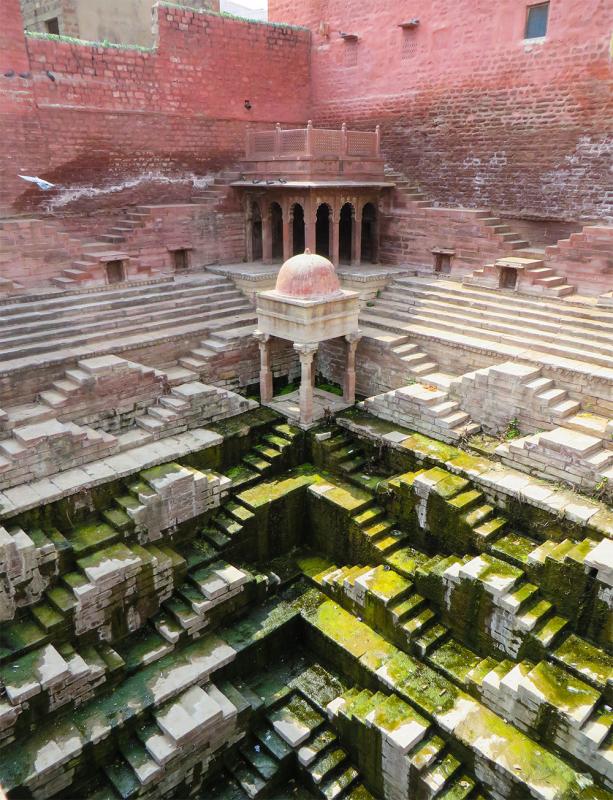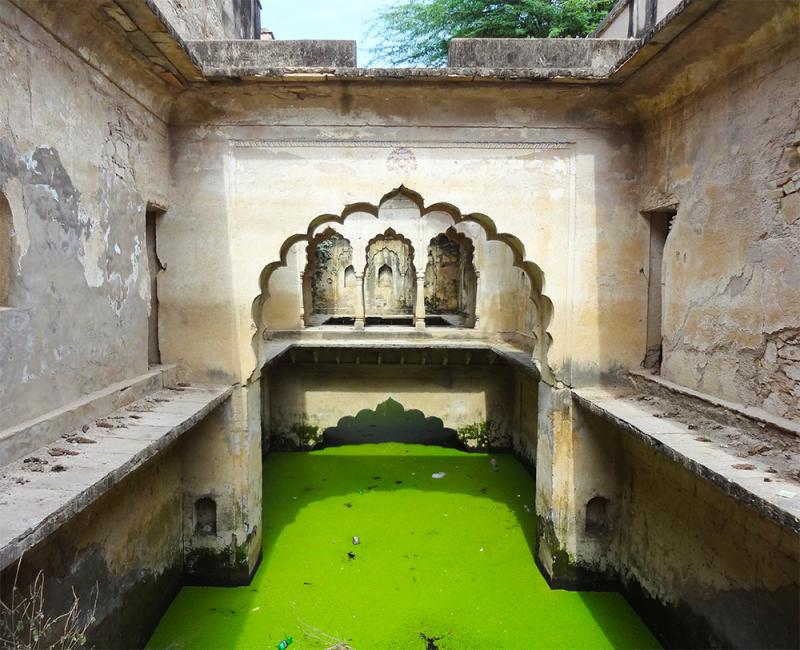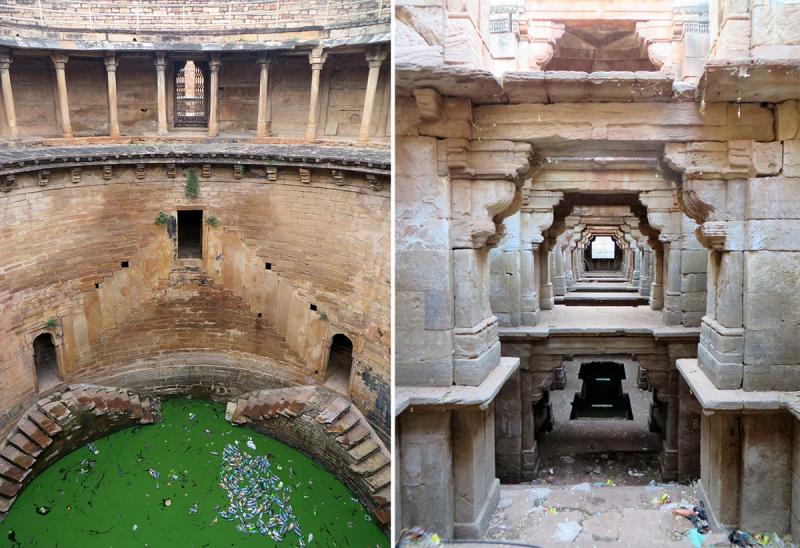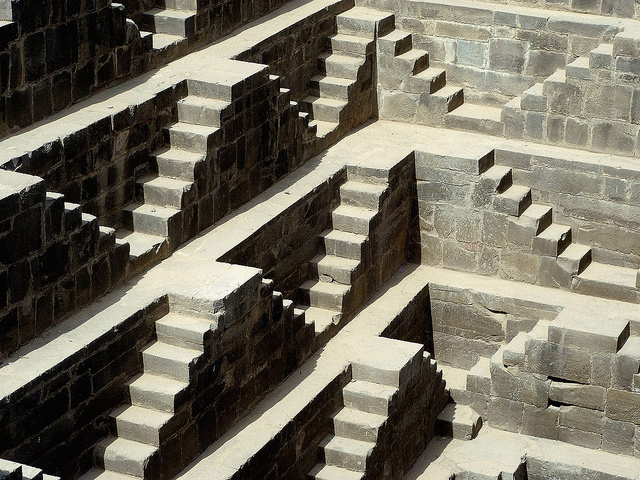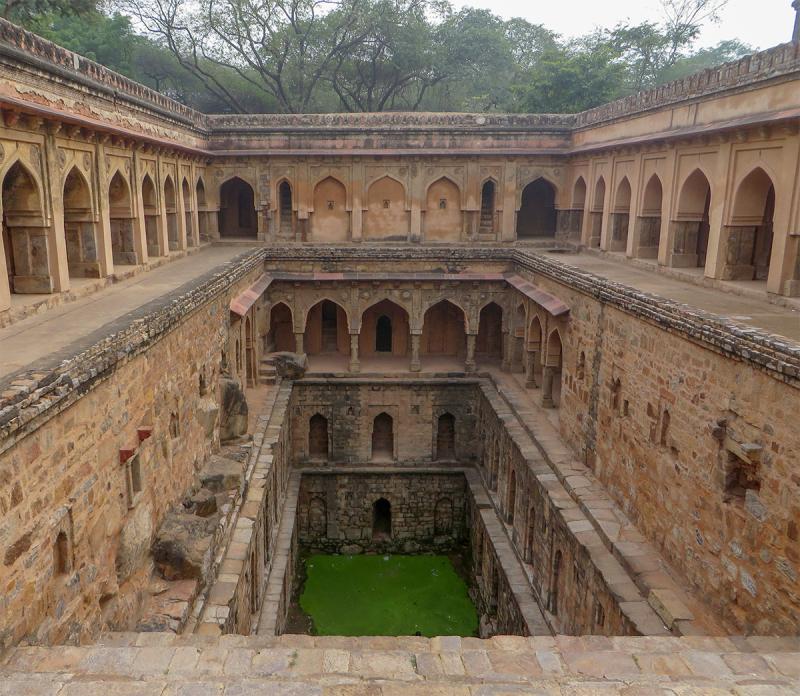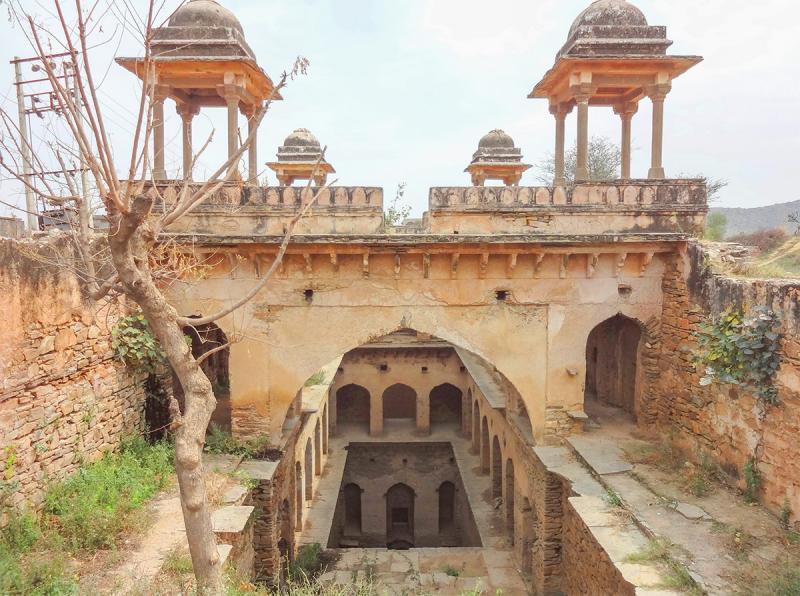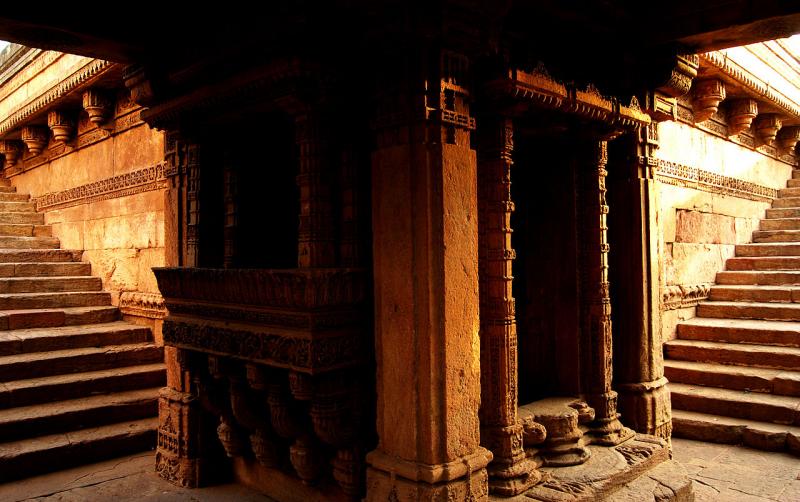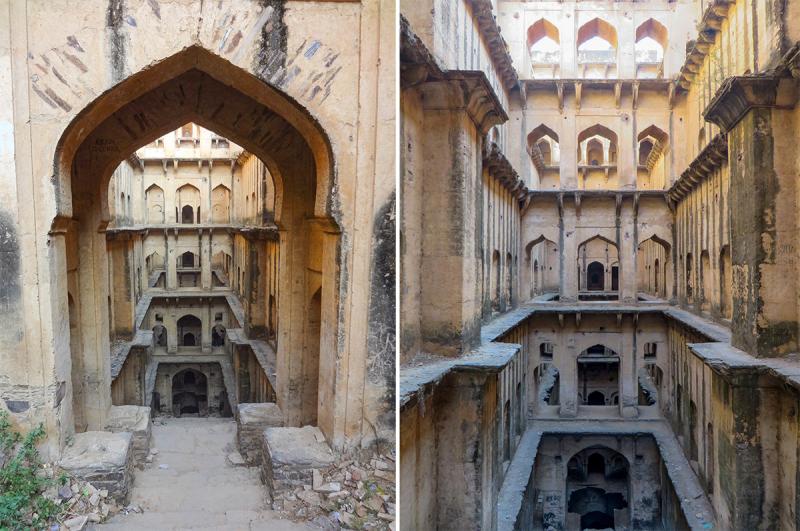Inprimatu
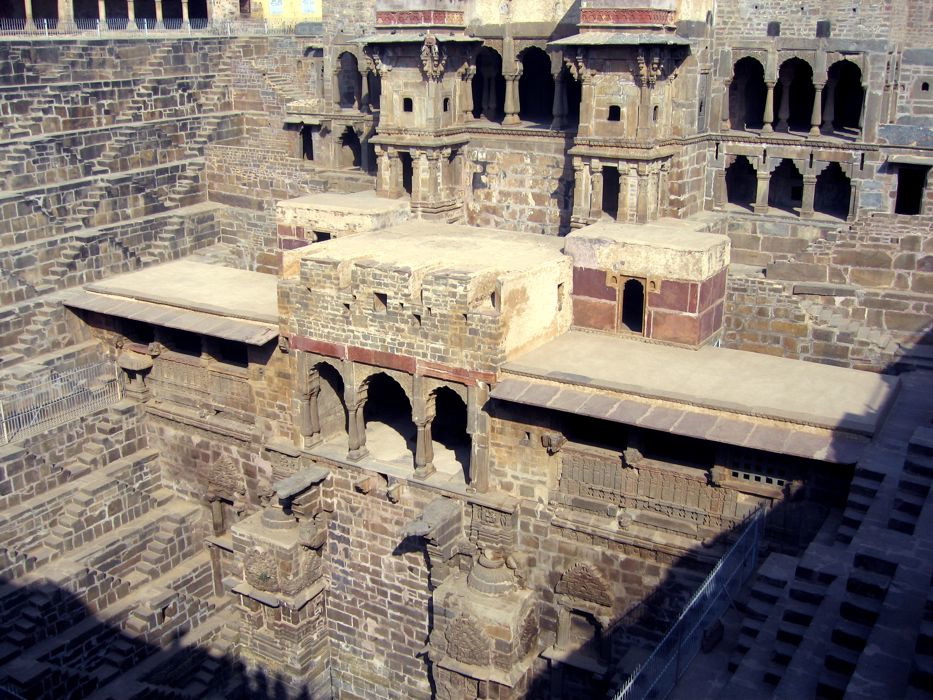

Gujarat and Rajastan Stepwells
Pozos escalonados de Gujarat - Rajastán- ARQUITECTURA SIN ARQUITECTOS, ASN
- Gujarat - Rajastán
- India
- Analisis sobre los pozos- TFG UPM [26-3-2023]
- Información [25-12-2013]
- Información 2 [24-12-2013]
- Informacion 3 [24-12-2013]
- Información de los Pozos [27-2-2017]
- Los pozos escalonados milenarios de la India [27-2-2017]
- Pozo escalonado más profundo del mundo [27-2-2017]
- Rani-ki-Vav – Pozo escalonado de la reina en Patan (Estado de Gujarat) [26-3-2023]
- Vídeo breve sobre los Pozos, en Ingles [27-2-2017]
- Vídeo con vistas aéreas [27-2-2017]
- Wikipedia, Baori
- Wikipedia, Localización Abhaneri [27-2-2017]
- Wikipedia, Chand Baori [27-2-2017]
MAY,John., Handmade Houses and Other Buildings. The world of Vernacular Architecture. Edit. Thames & Hudson. 2010.
p.98-99. "India is beginning to rediscover the stepped wells and ponds that constitute an important part of the popular architecture of the west of the country. The truth is that, today "they are the least known and visited monuments in India, despite be one of the most spectacular examples of ecological architecture in the world.” For fourteen centuries they have provided access to groundwater, collecting water from monsoon rain (which lasts only 12 weeks) and conserving that water during the dry months of the year. Apart from a few in Delhi, the oldest preserved examples are found in the desert states of Gujarat and Rajasthan, where they existed in their thousands in towns and cities.
Step wells are underground water reservoirs found in stone temples, profusely decorated, with numerous flights of stairs and pavilions of columns on each landing that lead to the lower levels, where the impounded water is found. Designed by masons and built by locals, they were financed through the generosity of royal families or wealthy merchants as monuments intended for the good of the entire community. In them people could drink, bathe or simply sit in the fresh air, socialize or contemplate the beauty of the surroundings. Thus they became a fundamental part of the life of the community and the setting for relevant festivals and religious rites.
The stepped ponds are generally square, always located near a temple, and were used exclusively for bathing and ritual purposes. Hindus believe that purification with water is an essential aspect of daily spiritual life, so daily bathing purifies sins and is the moment when one approaches heaven. The four walls of the stepped ponds “are formed by short flights of stairs that coincide on small landings. There are no columns or covered spaces. As a whole, the construction is like a giant folding ladder that, like an origami, has no shape apart from its surface."
